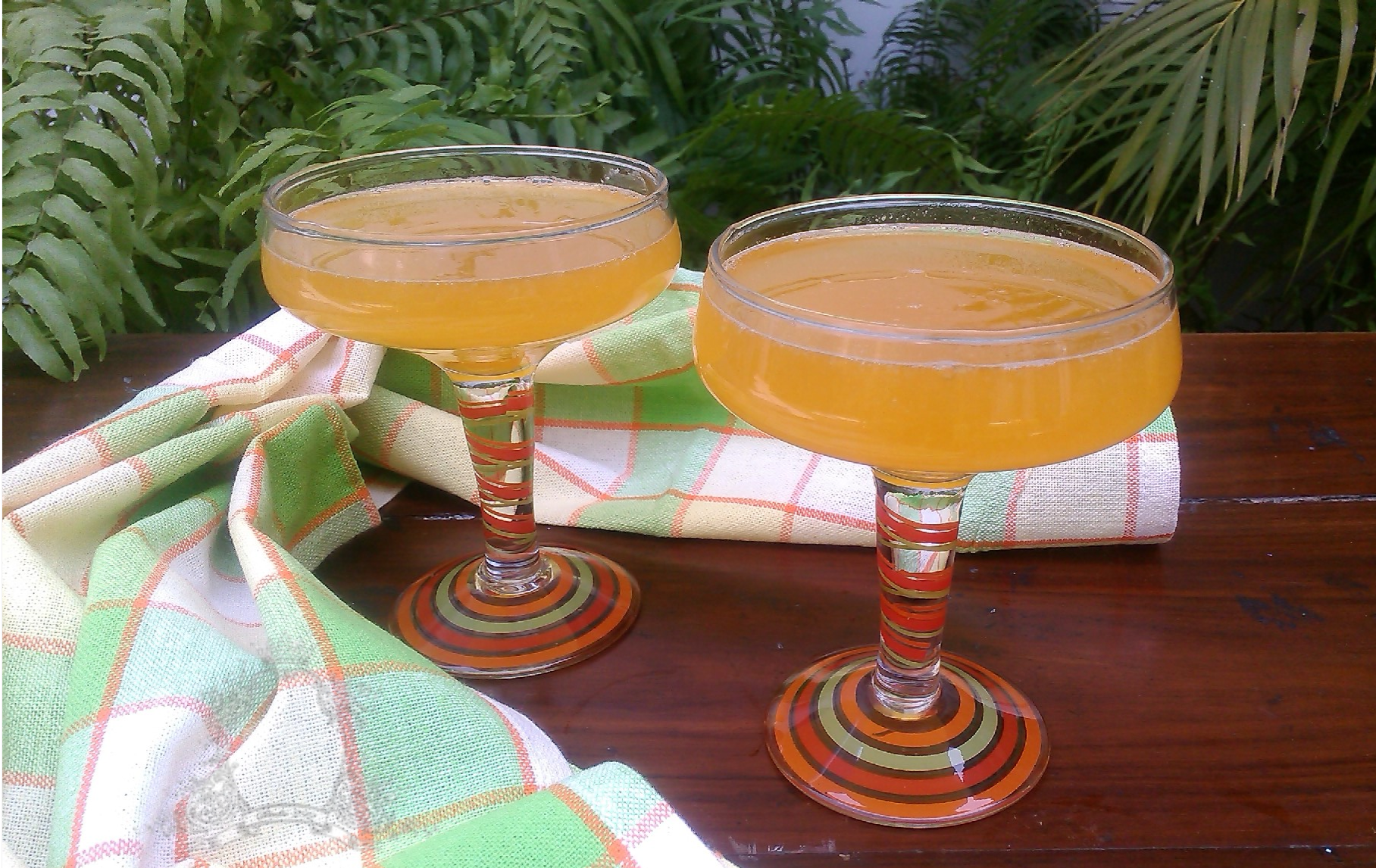Bael ka sherbet is a fresh drink or juice made from the pulp of Bael or wood apple, fruit of a naturalized species of tree native to India. The bael fruit has a smooth, woody shell with a green, gray or yellow peel. The shell is so hard it must be cracked with a hammer. The fibrous yellow pulp is very aromatic. The fruit is eaten fresh or dried. If fresh, the juice is strained, sweetened and made into sherbet or a lemonade.

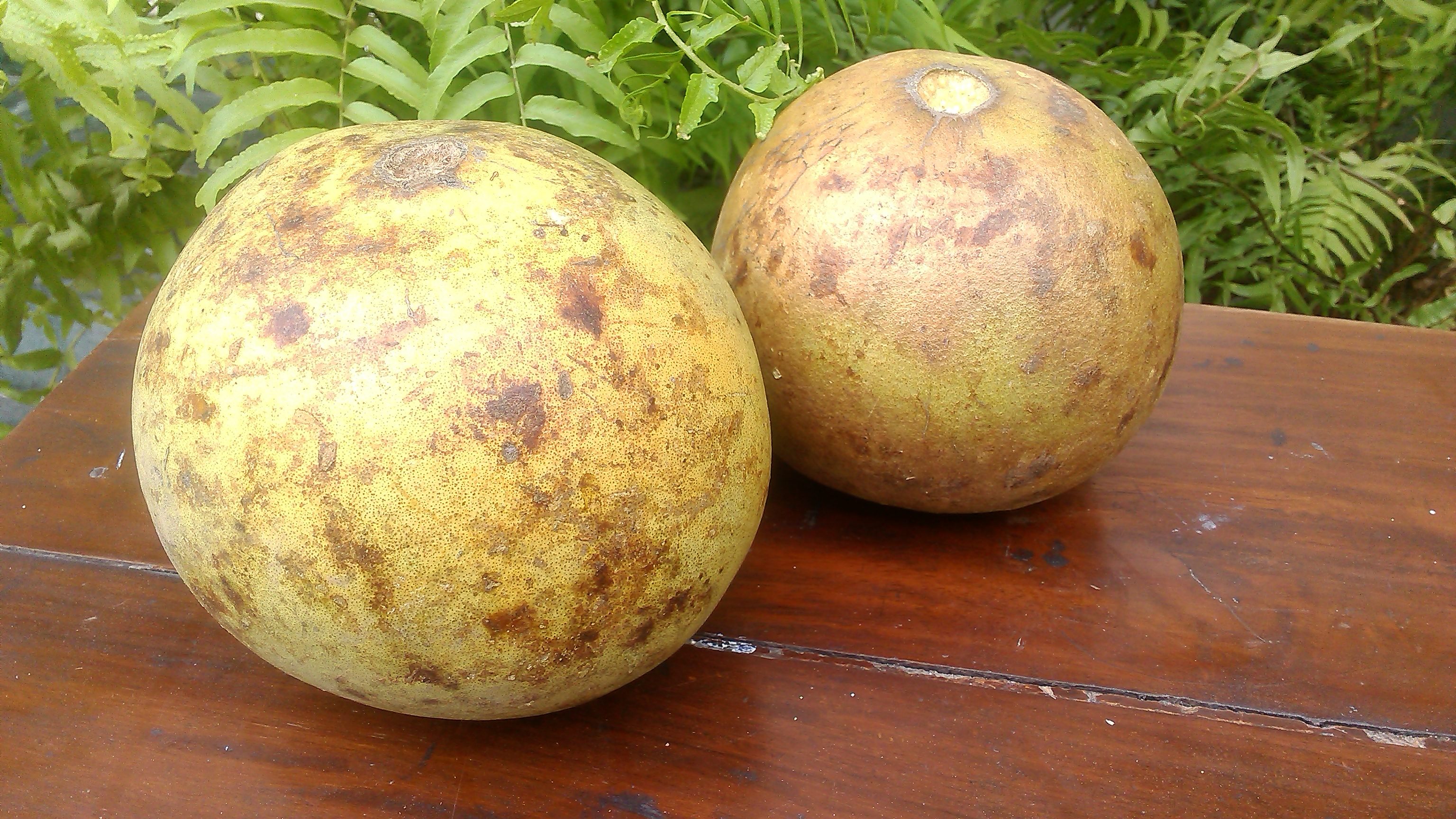
Reference in Ayurveda
In the system of Ayurveda the use of bael fruit is prescribed as a cure in diseases such as gastro intestinal diseases, piles, oedema, jaundice, vomiting, obesity, pediatric disorders, gynecological disorders, urinary complaints and as a rejuvenative.
Besides the wide medicinal uses, the plant and its certain parts (leaves and fruits) are of religious importance since the tree is regarded as one of the sacred trees of Indian heritage associated with Lord Shiva, a part of the trinity of Brahma, Vishnu and Shiva.




Religious importance of the Bael Tree in Hinduism
The famous Bilvashtakam extols the virtues of the Bilva leaf and Lord Shiva’s love for it. The tree has been held sacred for many millennia and offerings made to Lord Shiva are incomplete without Bilva leaves. There are many symbolisms attributed to this leaf ~ the trifoliate leaves or tripatra are believed to represent various trinities – creation, preservation and destruction or the three syllables that make up AUM, the primordial sound that resonates Shiva’s essence. The three leaves are also considered to indicate Lord Shiva’s three eyes, or the trishul, his emblematic weapon.
The Bilva tree in the Shiva Purana
According to the Shiva Purana (7 AD) the Bilva tree is the manifest form of Lord Shiva himself, while all the great tirthas (pilgrimage places) are said to reside at its base. One who worships the shivalingam while sitting under the Bilva, claims this great epic, attains the state of Shiva. Washing the head by this tree is said to be the equivalent of bathing in all the sacred rivers. One who performs Bilva pooja with flowers and incense achieves Shiva loka, the abode of pure consciousness, and has happiness and prosperity bestowed upon them. The lighting of the deepak (lamp) before this tree bestows knowledge and enables the devotee to merge in Lord Shiva. The Shiva Purana also claims that if the devotee removes the new leaves from one of the branches of that tree and worships the tree with them, they will be freed from vice, while one who feeds a devotee under the Bilva will grow in virtue.

Nirupama Khunnah, an avid gardener, is passionate about all the flowers, trees and shrubs that grow in her garden. Growing up, there was a Bael tree in her backyard. All through summer, her family made Bael Sherbet for the family members and visiting friends. She continued the tradition when she started a family of her own. This recipe is a throwback to the times of no Colas and bottled drinks. Everything was freshly made from seasonal produce. The availability of Bael is April to June in north India, just the right drink for the time of hot summer winds.
Her recipes for home-made sherbets from seasonal local Indian fruits are a treasure and need to be preserved. These fruit sherbets are known for their cooling properties and are also rich in natural minerals required by the body to replenish water content and minerals lost due to sweating in the severe hot summer months.
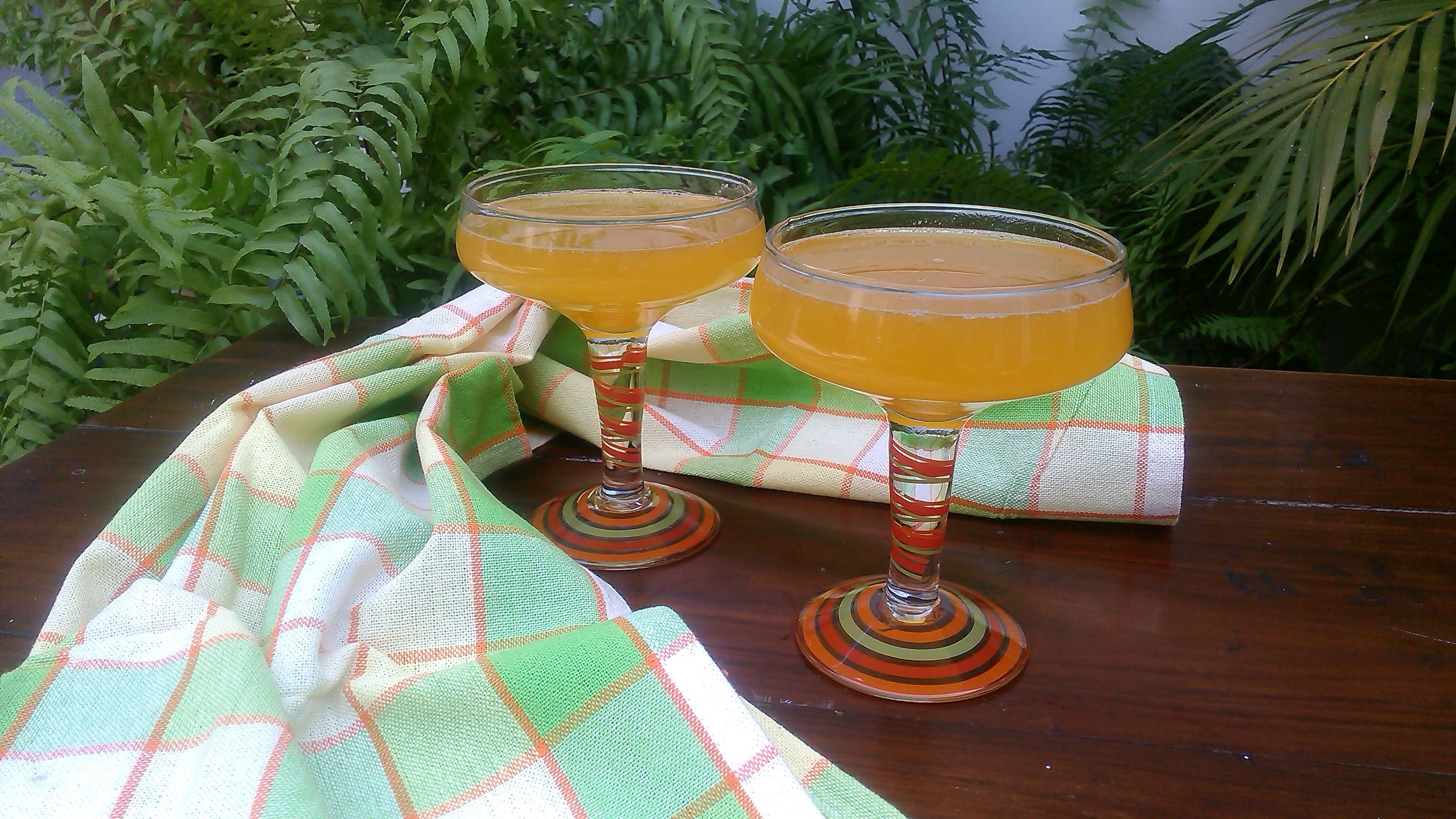
Her method of making Bael ka sherbet is simple, and she shares a few tips to get started. The hard shell of the Bael is really tough and needs to be broken with a hammer. The inner soft, yellow pulp is gently scooped out into a bowl.
Although the pulp has a naturally sweet taste, to make it into a sherbet, more sugar needs to be added. The pulp is soaked in clean drinking water and sugar added. This mixture is left as is for 4 to 5 hours, so as to let the sugar dissolve and the pulp to soften.
The secret of the deliciousness of her sherbet comes from her gently mincing the soaked pulp with her fingers. If the pulp is mashed violently, the taste will turn bitter. The straining step is just as important. She just lets the syrupy liquid strain through a fine strainer. If mashed against the mesh, the liquid will lose its beautiful golden colour. Instead of the clear transparent liquid, it will become opaque and heavy.
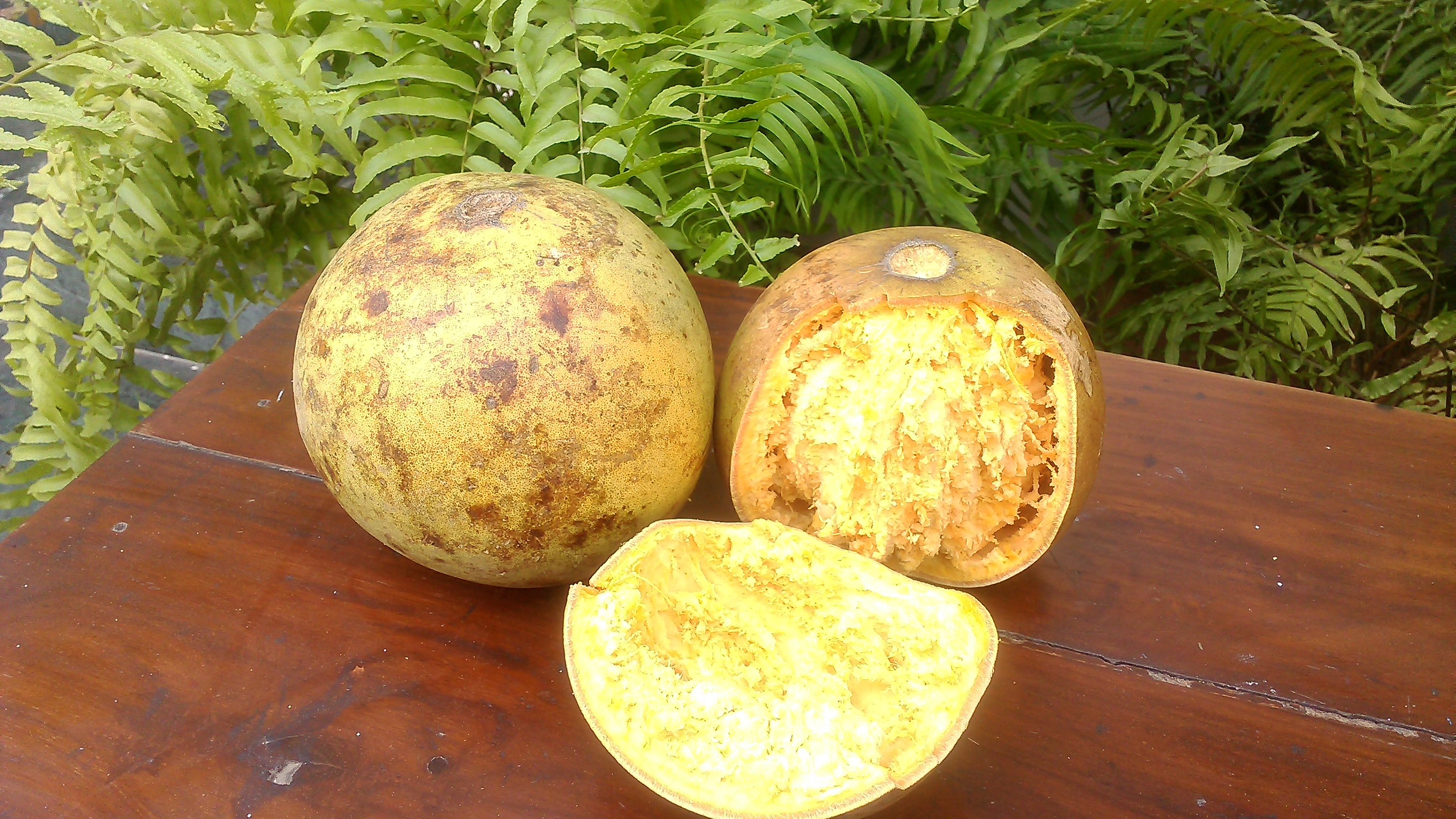
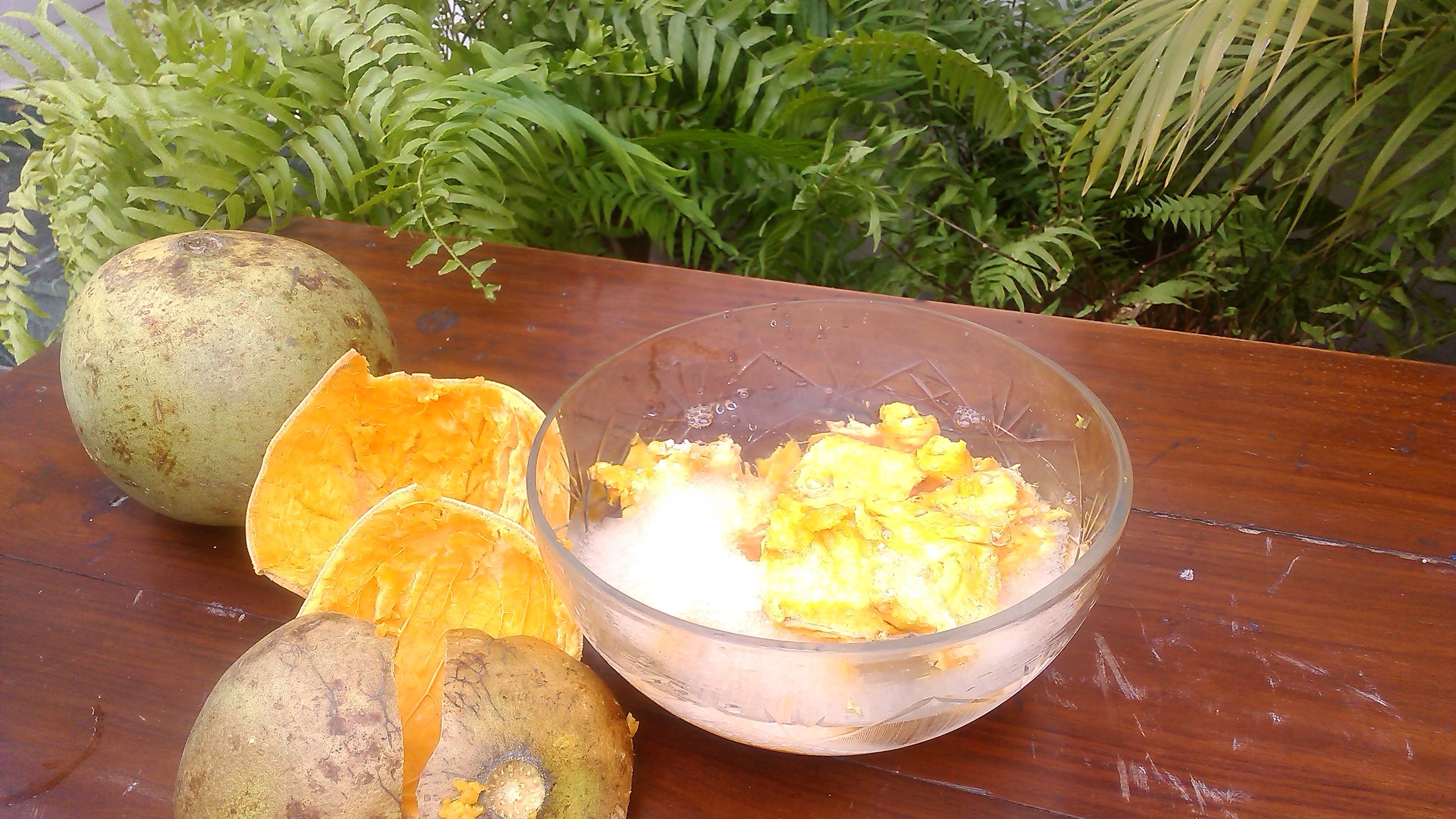
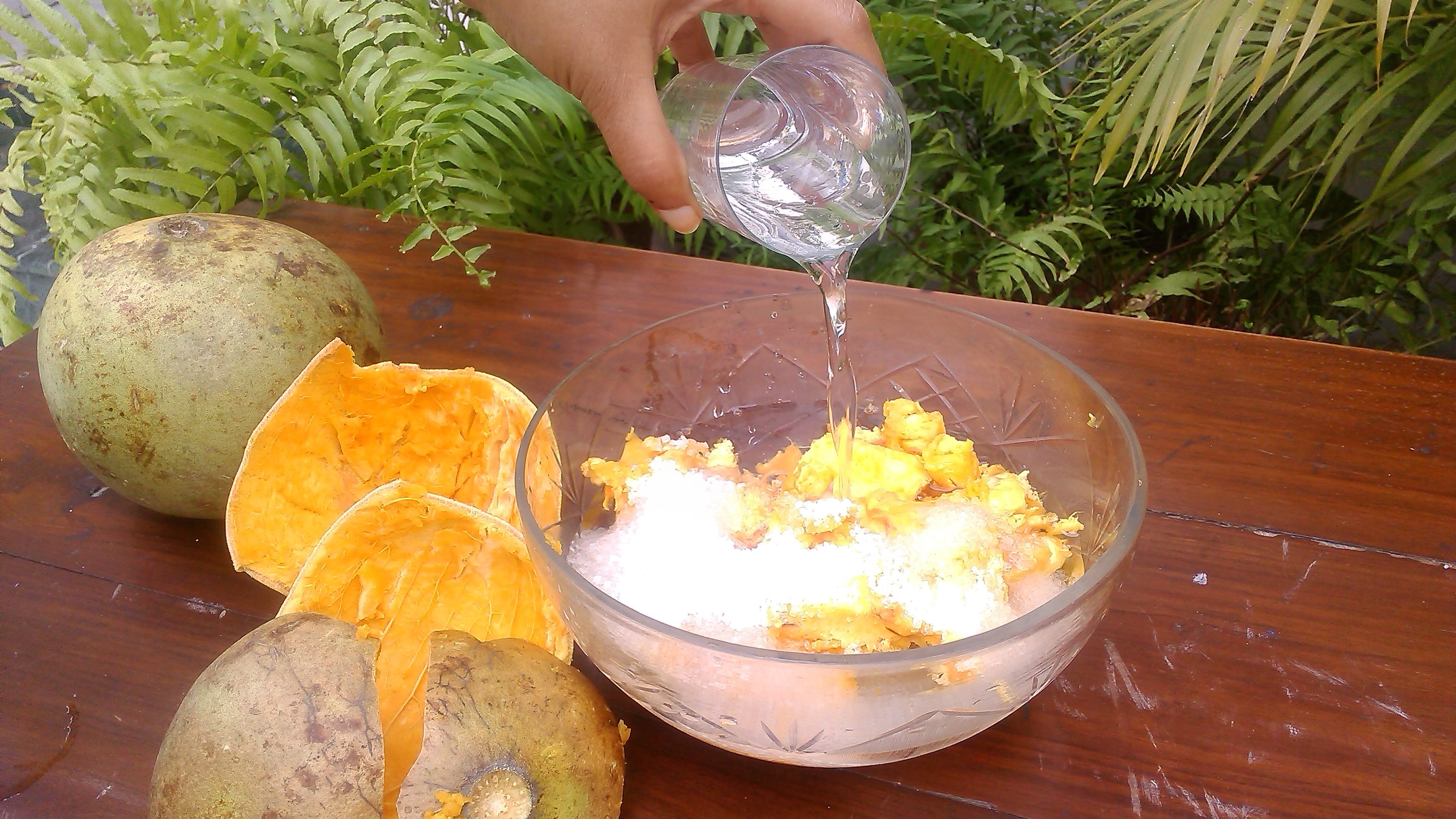
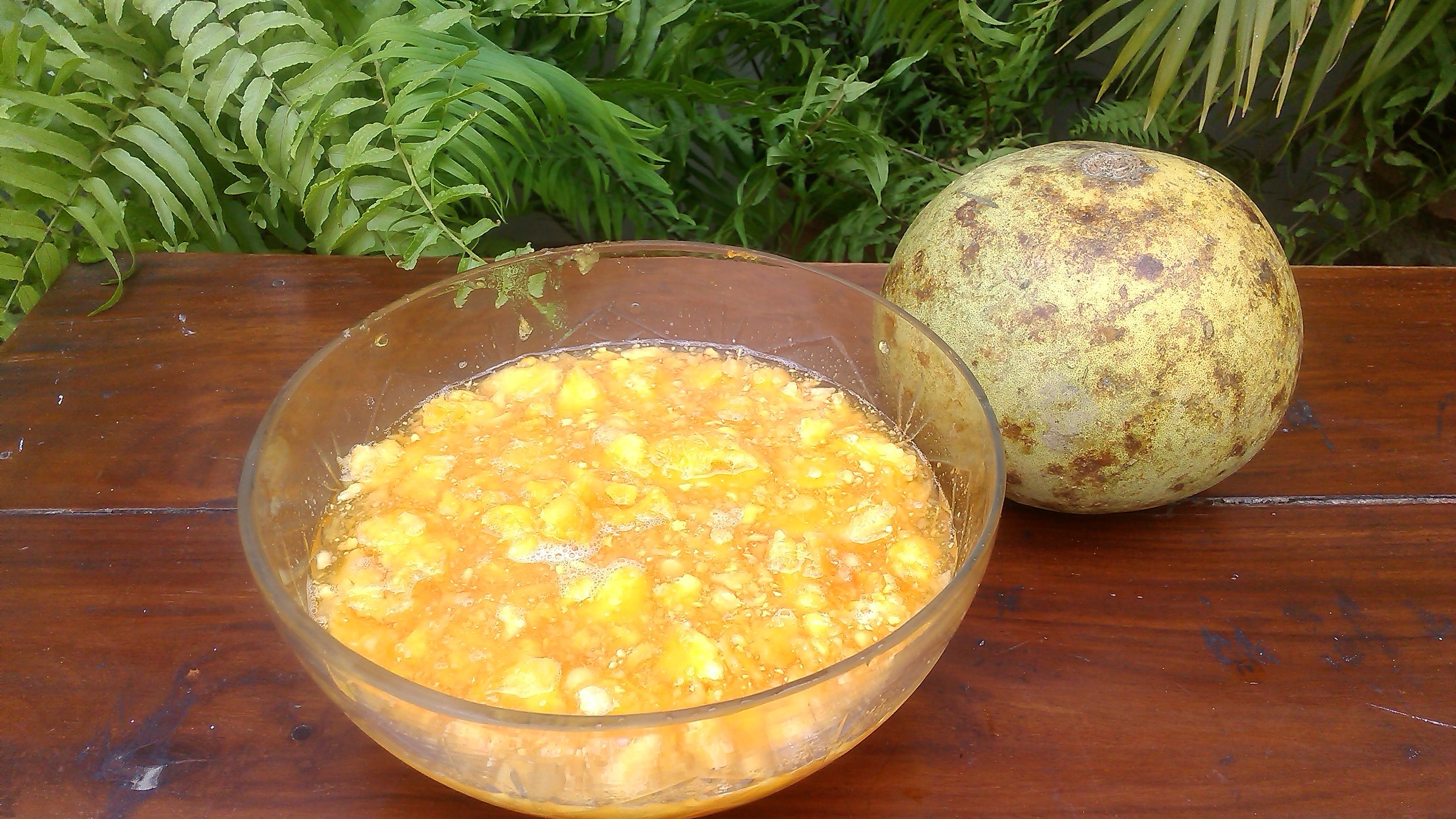
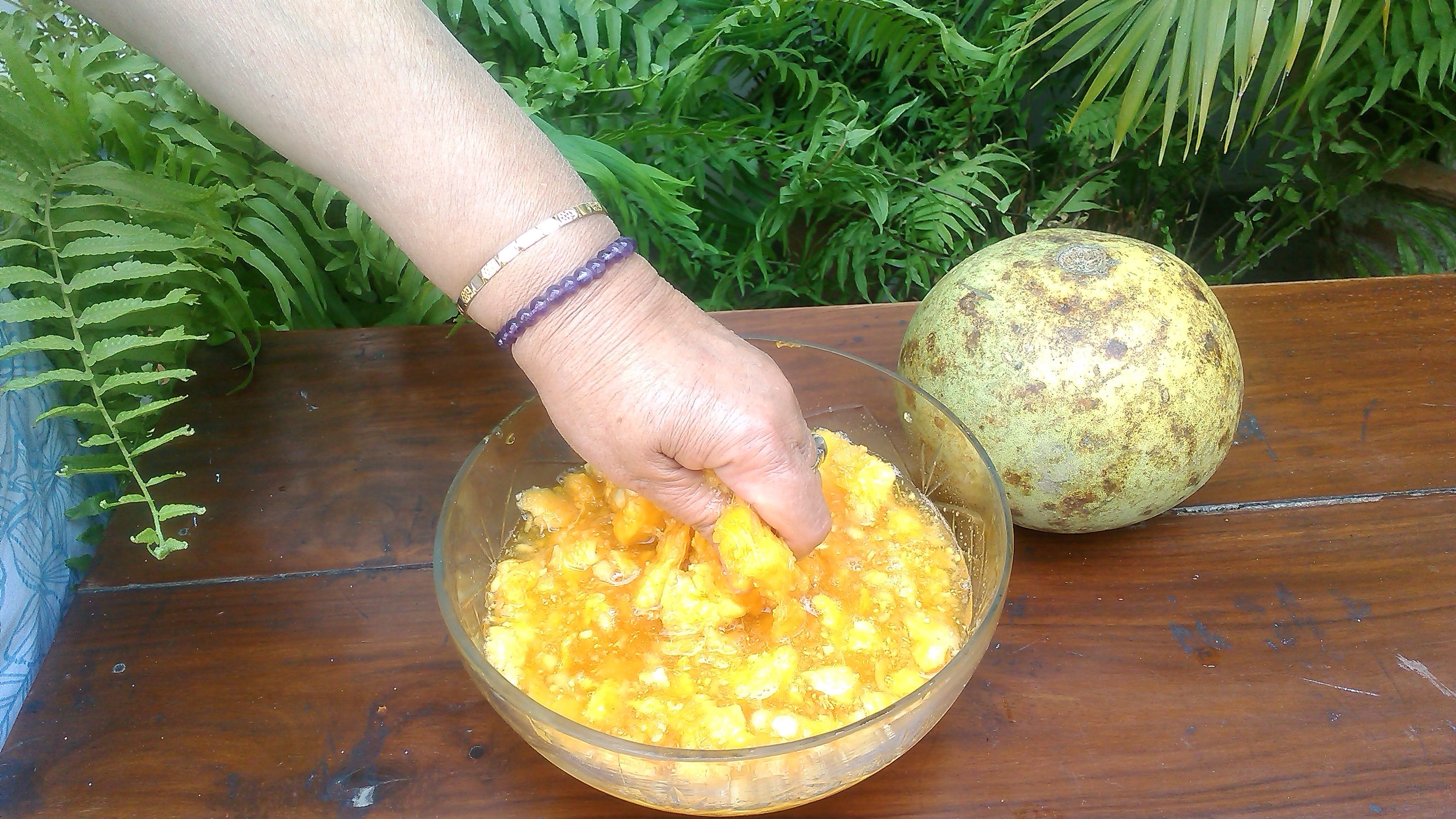
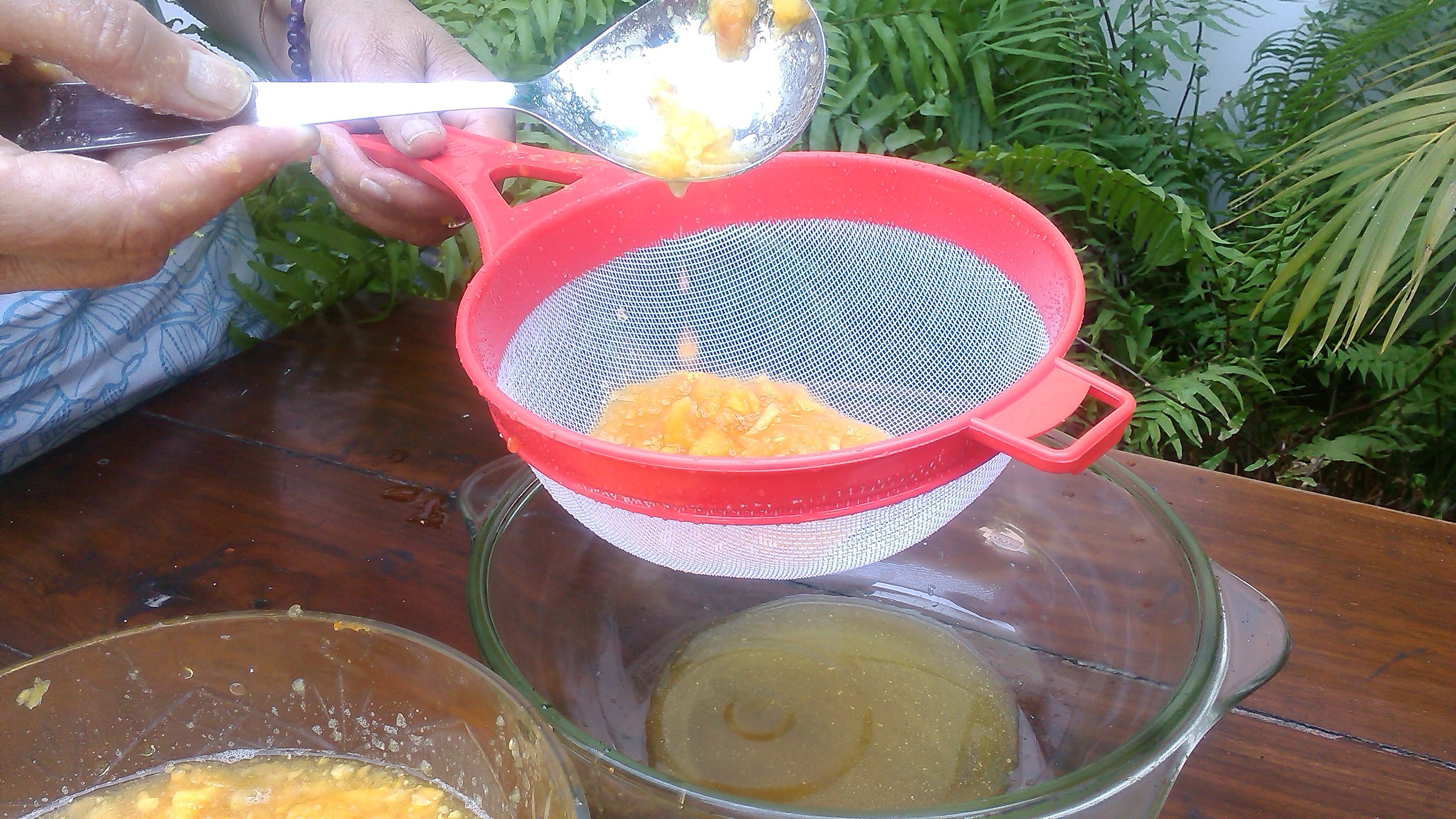
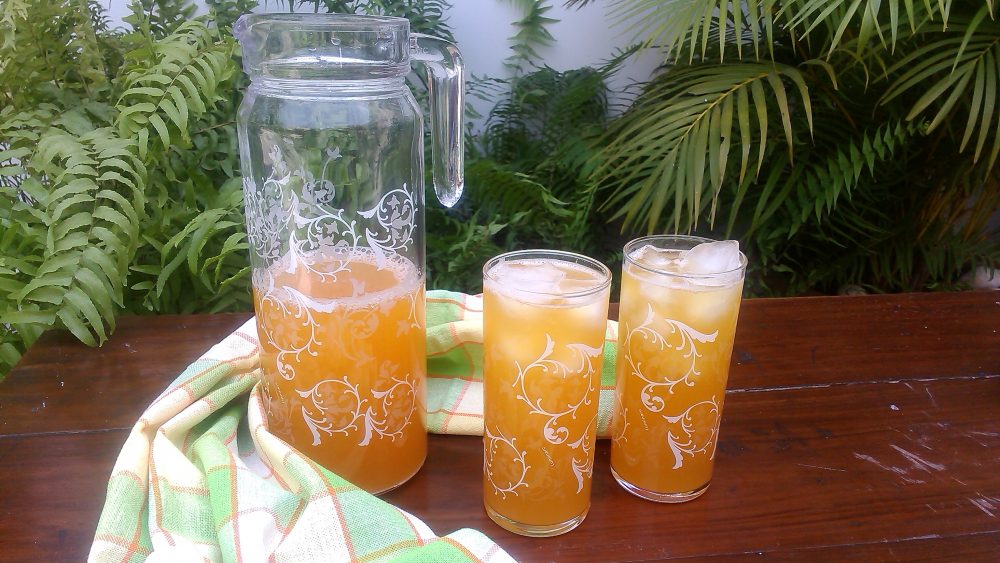
Bael ka Sherbet
Ingredients ~
1 medium size Bael
250 gms sugar
1 lt water
Preparation ~
1. Crack the Bael and scoop the flesh into a bowl.
2. Add the sugar and 1/2 lt water, cover and leave to soak for about 4-5 hrs.
Method ~
1. Gently knead the flesh of the Bael and strain through a sieve into a clean bowl. Do not rub the flesh in the sieve, just let the juice drip naturally.
2. Put the flesh of the Bael from the sieve back into the original bowl, add more water and knead again. Strain like this 2-3 times till you feel all the taste has been extracted. The juice should be clear, not cloudy.
3. Pour half a glass of the concentrated sherbet into a glass and top with cold water or soda. Serve with ice.
4. Alternatively, use with lemon juice and salt instead of sugar.
~ Refrigerate and use within 2 days or the juice ferments.

